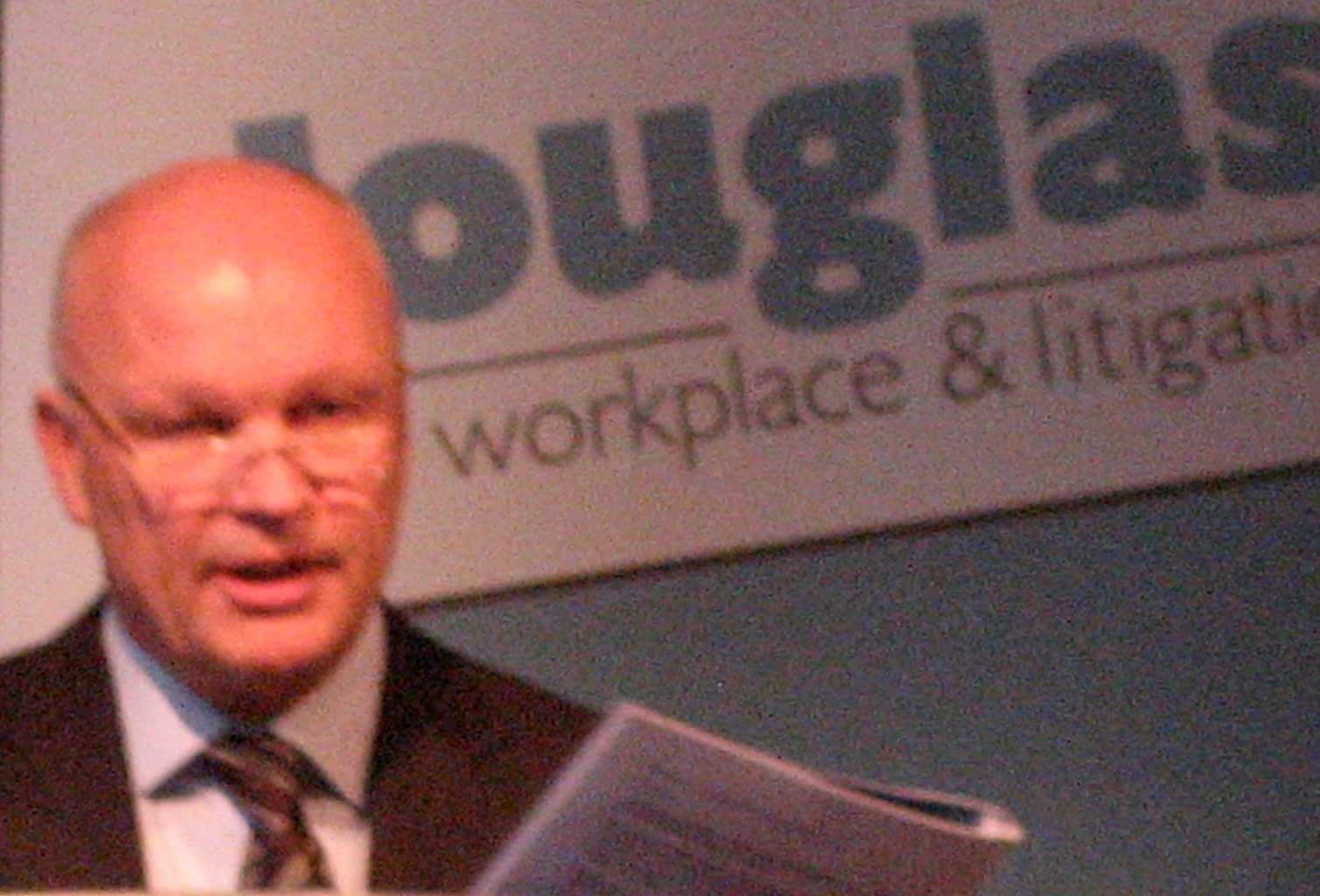Ric Morgan, a Senior Associate at Allens Arthur Robinson, was interviewed recently by Boardroom Radio on the new OHS model legislation. Each lawyer seems to emphasise a different combination of features in the new proposed laws.
Morgan anticipates that minimal changes will be made to the draft law.
The interview is well worth listening to for a slightly different perspective on the issues.




